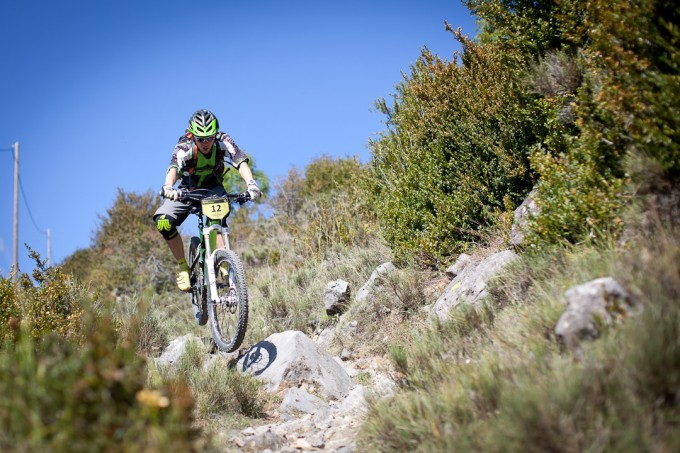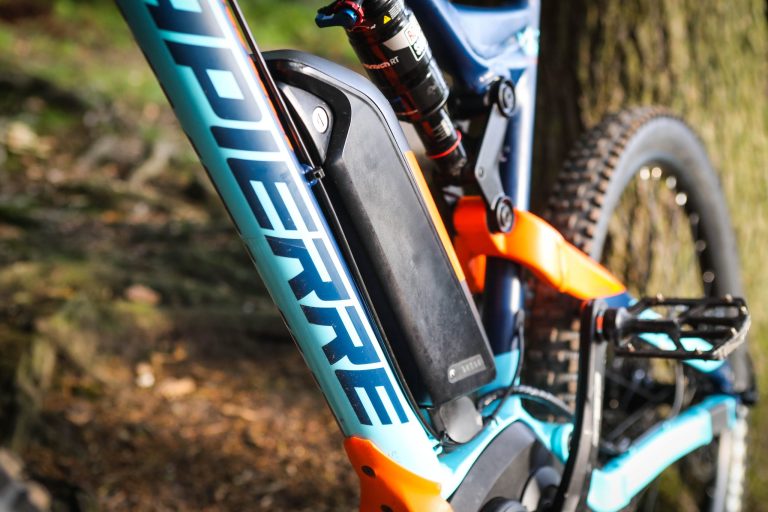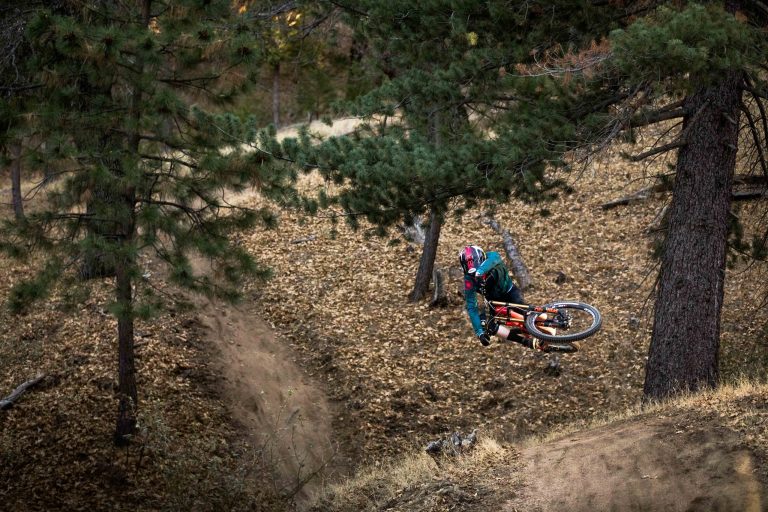
Names of Fruits
If an apple had been called an orange and vice versa from The Beginning, there would be no resulting confusion today, and you could extrapolate this notion out into many of life’s names for things.
Admittedly names usually aren’t totally random, and do stem from the composite word element or full word meanings of which they comprise, but to illustrate my point: why doesn’t Cross-Country mean racing the entire breadth of Belgium or width of Wales… and why isn’t Slopestyle the test of who can ride down a gentle incline and concurrently be a sharp dresser?
Because, in their respective beginnings, these MTB competition genres were clearly defined and thereafter nobody has yet the senselessness to misuse these terms for something else. If only the same could be said for all mountain biking race disciplines.
History and Physics
The Beginning for Enduro mountain bike racing was in the late 1990’s in the Mediterranean Alps of South-Eastern France (incidentally, an area which has produced several mountain biking World Champions). Riders and racers wanted to develop a discipline which tested both technical bike handling ability (unlike Cross-Country of the time) AND the endurance side of fitness (unlike Downhill of the the time). They wanted to test the all-round mountain biker on big-up-big-down terrain.
The laws of gravity dictate that a strong pedaller who is weak technically will (compared to a strong technical rider who lacks fitness) always lose LESS time on a descent than he will gain on an ascent. Assuming no shuttle, everyone spends more time riding uphill than downhill, regardless of their strength or weakness.
With this as their basis, our French godfathers of the discipline quickly adopted a logic which is still the absolute fundamental “core value” of Enduro today: in order to evenly balance out the weighting of the long grindy uphill aspect with the quickly elapsed flashes of technical descending brilliance that are encouraged (i.e. to make the latter actually count for anything), they drastically reduced the amount of timed climbing to almost nothing.
Contary to some belief, this setup does NOT favour good descenders who are not necessarily fit; although it may not directly count towards the result there’s a substantial amount of obligatory time-limited ascent in any Enduro course, and the often very long descents are pedally and demand good cardiovascular fitness and muscle condition (hanging on the bike!) to place highly.
There are a fair variety of differently setup races which would today count as Enduro according to the basic notions set out above, but perhaps the most typical 1-day Enduro course would be a cloverleaf or circular loop consisting of perhaps 3-6 big ups and big downs (“big” is relative, and depending on the location of the event will be bigger or smaller). The ups are untimed (but time-limited to keep one on ones toes) “liaison stages”, and the downs are timed “special stages”. The winner is the rider with the lowest cumulated special stage time. It’s here that the term Enduro came about for this style of mountain biking. There was a definite nod towards the feel of motorcycle Enduro.





